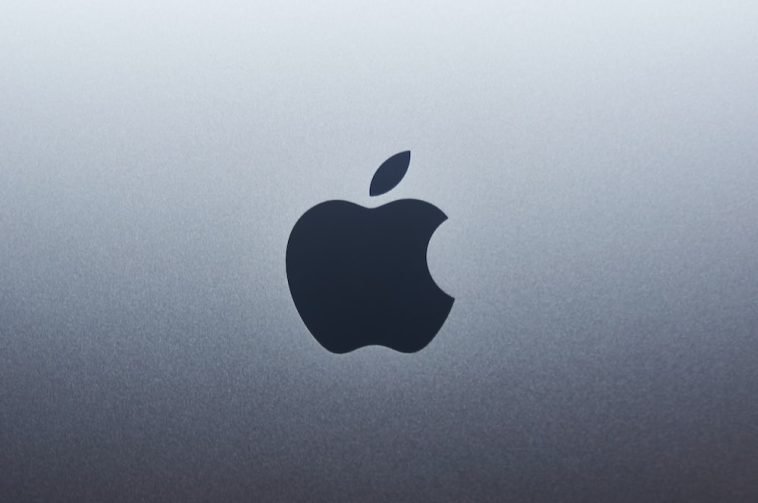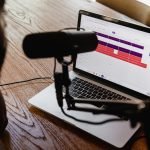Introduction.
The idea of starting a video podcast can seem like it requires a huge investment in equipment, but if you’ve got an iPhone, you’re already halfway there!
With the right tips, apps, and accessories, your iPhone can become a powerful tool for creating a high-quality video podcast.
This guide will break down everything you need to know to get started, including the setup process, best practices, app recommendations, and more.
By the end, you’ll be able to record, edit, and publish your video podcast all on your iPhone without missing a beat.
Let’s dive into the essentials of video podcasting with just an iPhone!
How Do I Video Podcast With iPhone?
1. Setting Up Your Equipment.
The iPhone has an excellent built-in camera and decent audio capabilities, but adding a few extras can take your podcast to the next level:
- Stabilization: A tripod or gimbal helps stabilize your shots and gives your video a professional look. Popular options like the Joby GorillaPod or DJI OM gimbal work well with iPhones.
- Microphone: The iPhone’s built-in mic is adequate for casual use, but an external microphone improves audio clarity, reduces background noise, and adds a level of professionalism. Lavalier microphones, like the Rode SmartLav+, clip onto your clothing and are great for clear, focused audio.
- Lighting: Good lighting can make or break your video quality. Natural light works well, but ring lights or portable LED lights, like the Neewer ring light, give consistent results and are easy to use.
2. Choosing the Right Video Recording Apps.
While the native iPhone camera app is good for basics, third-party apps offer more advanced controls and flexibility:
- Filmic Pro: Known for its cinematic capabilities, this app allows control over frame rate, focus, and exposure. It’s a favorite among content creators and podcasters.
- ProCamera: This app combines photo and video features and offers advanced editing options. It’s easy to use and can deliver high-quality recordings.
- Moment: Great for beginners, Moment provides intuitive controls for focus, exposure, and color grading, which can add a polished look to your videos.
3. Planning and Recording Your Podcast.
Once you’ve got the setup and software ready, plan your episodes by outlining topics, key points, and segments. Some popular formats to consider include:
- Interviews: Host discussions with guests, whether they’re in the room or connecting remotely.
- Solo Commentary: Perfect if you’re the sole host, allowing you to share insights and opinions directly with your audience.
- Co-hosted Shows: Add a co-host to create a dynamic dialogue or debate around your podcast’s theme.
Start with a test run to make sure the audio, video, and lighting work well together. This will also help identify any technical adjustments you may need before recording the full episode.
4. Editing Your Podcast.
Editing on an iPhone can be surprisingly efficient, thanks to these apps:
- iMovie: Great for beginners, iMovie offers basic editing tools, transitions, and effects, and it’s free with iOS.
- LumaFusion: Known for its professional-grade features, this app lets you add transitions, multiple video/audio tracks, and advanced colour correction.
- Adobe Premiere Rush: This app is designed for quick editing and has great social media integration, perfect if you’re also planning to share clips on Instagram, YouTube, etc.
When editing, consider trimming unnecessary parts to keep the episode concise, balancing audio levels, and adding music or sound effects for a polished feel.
5. Publishing and Promoting.
Once your episode is ready, you’ll need a hosting platform for your video podcast. Some popular options include:
- YouTube: The most popular video-sharing platform, perfect for reaching a wide audience.
- Anchor: Known for podcast hosting, Anchor also allows for video podcasting and is user-friendly.
- Spotify: Recently launched video podcasting for creators, making it a great platform if you already have a podcast audience here.
After publishing, don’t forget to share your episodes on social media platforms and encourage your audience to engage by liking, commenting, and sharing.
Pros and Cons of Video Podcasting with an iPhone
Pros
- Portability: The iPhone is incredibly portable, making it easy to record anywhere.
- Cost-Effective: Using an iPhone avoids the need for expensive cameras and audio equipment.
- Ease of Use: iPhones are user-friendly, and plenty of apps simplify the recording and editing process.
- High-Quality Camera: The iPhone’s camera quality is among the best for smartphones, offering professional-grade video in a compact device.
Cons
- Battery Life: Recording videos can drain the iPhone battery quickly; it may require an external battery pack for extended recordings.
- Storage Limits: Video files take up a lot of space, so you may need to invest in additional storage or regularly transfer files.
- Limited Editing Capability: While apps offer good options, editing on a small screen can be limiting and tedious for complex projects.
- Audio Quality: Although external microphones help, the audio quality might still not match that of dedicated recording equipment.
Frequently Asked Questions (FAQ)
Q: Can I record a multi-person video podcast on an iPhone?
A: Yes, you can. Using an external microphone for each participant helps improve audio quality. Apps like Zoom or Riverside can help connect with remote guests and record directly on your iPhone.
Q: How much storage do I need for video podcasting on an iPhone?
A: The storage requirements depend on the length and quality of each recording. For instance, a 10-minute 1080p video might take up around 1GB. If you’re planning multiple episodes, consider an iPhone with at least 128GB, or use cloud storage solutions.
Q: Is it necessary to buy additional equipment for iPhone video podcasting?
A: Technically, no. You can use the built-in camera and microphone. However, for a more professional look and sound, accessories like a tripod, external microphone, and lighting can significantly improve quality.
Q: Can I live-stream my video podcast with an iPhone?
A: Yes, many platforms, like YouTube Live, Instagram Live, and Facebook Live, support live streaming from an iPhone. You can also use apps like StreamYard for live-streaming to multiple platforms at once.
Q: What video format is best for publishing on different platforms?
A: The widely supported MP4 format works best for YouTube, Instagram, and most social media platforms. Recording in 1080p is recommended as it balances quality and file size well.
Conclusion
Starting a video podcast with an iPhone is more feasible than ever. With the right apps, accessories, and a bit of practice, you can produce high-quality content that captivates your audience.
From recording and editing to publishing and promotion, you have everything you need in a pocket-sized device.
Are you ready to turn your iPhone into a complete podcasting studio?





GIPHY App Key not set. Please check settings